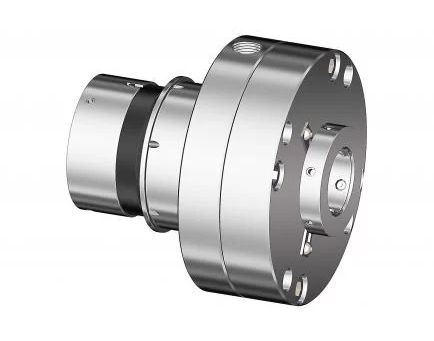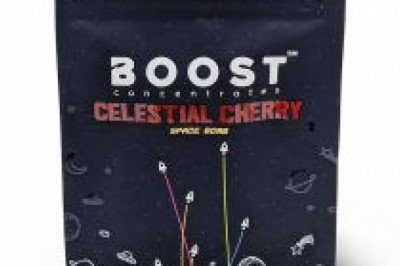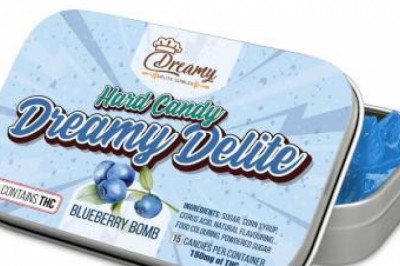views
Mechanical Seal-Extend Mechanical Seals Life Method-Exporter
Mechanical seals that work in liquid media generally rely on the liquid film formed between the moving and static ring friction surfaces for lubrication. Therefore, maintaining the liquid film between the friction surfaces is essential to ensure the stable operation of the mechanical seal and prolong the service life.
Several enhanced lubrication structures
1. Slotting on the end face:
It is difficult for high-pressure and high-speed machinery to maintain the liquid film between the friction surfaces. The liquid film is often destroyed by the frictional heat generated by the high pressure and high speed. In this case, it is very effective to adopt a grooved form to strengthen the lubrication. Both the moving ring and the static ring can be grooved, and they are generally opened on more wear-resistant materials. The moving ring and the static ring should not be grooved at the same time, because this will reduce the lubrication effect. In order to prevent dirt or wear debris from entering the friction surface as much as possible, and to seal the liquid flowing in the direction of centrifugal force (outward flow), the groove should be opened on the static ring to avoid the centrifugal force from introducing dirt into the friction surface. Conversely, when the liquid is flowing against the direction of centrifugal force (internal flow), the groove should be opened on the moving ring, and the centrifugal force helps to throw the dirt out of the groove.
The small grooves on the friction surface are rectangular, wedge-shaped, or other shapes. The groove should not be too large or too deep, otherwise leakage will increase.
2. Hydrostatic lubrication:
The so-called hydrostatic lubrication is the direct introduction of pressure lubricating liquid into the friction surface to play a role in lubrication. The lubricating liquid introduced is supplied by a separate liquid source, such as a hydraulic pump. The pressure of the lubricating fluid is opposed to the fluid pressure in the machine. This form is usually called hydrostatic pressure seal.
For the mechanical seal of gas medium, measures should be taken to establish gas film lubrication, such as the use of gas static pressure controlled film mechanical seal or solid lubrication, that is, use self-lubricating materials for moving or static rings. As long as conditions permit, the gas medium conditions should be converted to liquid medium conditions as much as possible, which is convenient for lubrication and sealing.
3. End face eccentricity:
In general mechanical seals, the center of the moving ring, the center of the static ring and the center line of the shaft are all on a straight line. If the center of the end face of the moving ring or the static ring is made to be offset from the center line of the shaft by a certain distance , Can make the ring continue to bring lubricating fluid to the sliding surface to play a lubricating effect when rotating.
It should be pointed out that the eccentric size cannot be too large, especially for high pressure, the eccentricity will cause uneven pressure on the end face, which will cause uneven wear. For high-speed seals, it is not advisable to use a moving ring as an eccentric ring, otherwise the machine will vibrate due to the balance of centrifugal force.

According to different conditions, the friction between the dynamic and static rings of the mechanical seal will appear as follows:
1.Semi-liquid lubrication:
There is liquid in the pits of the sliding surface, and a thin liquid film is maintained between the contact surfaces, so the heat and wear conditions are good. Because the liquid film between the moving and static rings has surface tension at its exit, Therefore, the leakage of liquid is restricted.
2.Complete liquid lubrication:
When the pressure between the moving and static rings is insufficient and the gap increases, the liquid film thickens, and there is no solid contact at this time, so there is no friction. However, due to the large gap between the moving and static rings in this case, the sealing effect is not achieved and the leakage is serious. This situation is generally not allowed in actual applications (except for controlled membrane mechanical seals).
The working conditions between the dynamic and static rings of the mechanical seal are mostly under boundary lubrication and semi-liquid lubrication, and semi-liquid lubrication can achieve the best results when the friction coefficient is the smallest, that is, the wear and heat are satisfactory. Sealing effect.
To make the mechanical seal work under good lubrication conditions, it is necessary to consider the medium characteristics, pressure, temperature, sliding speed and other factors. The quality of the static ring friction surface is also an important factor to ensure the effective work of the seal.
3.Dry friction:
No liquid enters the sliding friction surface, so there is no liquid film, only dust and oxide layer, and adsorbed gas molecules. When the dynamic and static rings are running, the result is inevitably the friction surface heats up and wear is aggravated to cause leakage.
4.Boundary lubrication:
When the pressure between the moving and static rings increases or the ability of the liquid to form a liquid film on the friction surface is poor, the liquid will be squeezed out of the gap. Since the surface is not absolutely flat, but uneven, there will be contact wear in the protrusion, and the lubricating performance of the liquid is maintained in the recess, resulting in boundary lubrication. The degree of wear and heat generation of boundary lubrication is moderate.
As an exporter of mechanical seals, Akman Seals has excellent product quality and is worth choosing. If you are interested in mechanical seals, you can follow our website.











